The International English Language Testing System, aka the IELTS test, is one of many international standardized tests of English language proficiency for non-native English language speakers. You can take it as part of the process to gain citizenship or study in Canada and the US.
If you've decided to take the test, you'll need to show your proficiency in reading, one of the four major parts of language learning (along with speaking, listening, and speaking). Effective IELTS reading practice strategies will make theReading section of the test a breeze!
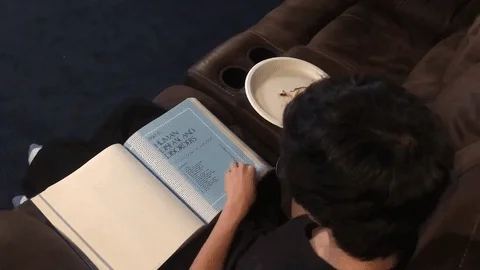
General Training vs. Academic
There are two types of IELTS tests:
 General Training — suitable for college, work, or migration
General Training — suitable for college, work, or migration
The General Training Reading test requires you to read materials you're more likely to encounter daily in an English-speaking environment.
 Academic —suitable for university entry
Academic —suitable for university entry
In the Academic test, you'll read texts that you'd see while studying "at an undergraduate or postgraduate level or applying for professional registration in an English-speaking environment."
Watch the video below to learn more about Reading test tasks on the General Training and Academic tests:
1. Read a Variety of Texts
 Photo by Trust "Tru" Katsande on Unsplash
Photo by Trust "Tru" Katsande on UnsplashBefore you practice with texts for the test, try to read in your spare time. Reading most kinds of texts can help you prepare for the reading test. Try to mix in a variety of texts such as magazine and news articles, as well as books and essays.
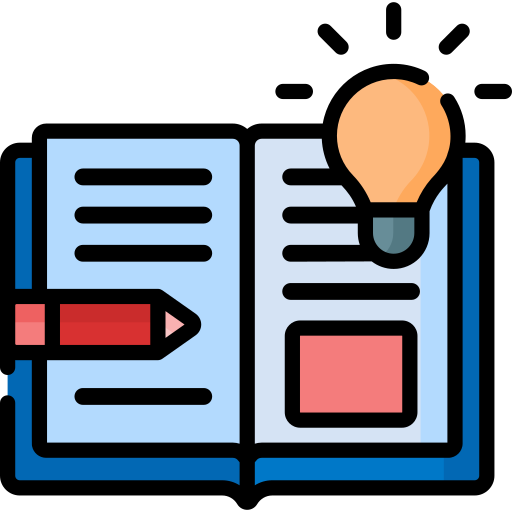
If you're taking the Academic test to get into university, look for these types of texts to practice with:
Case studies
Articles from scientific journals and encyclopedias
Diagrams detailing a process
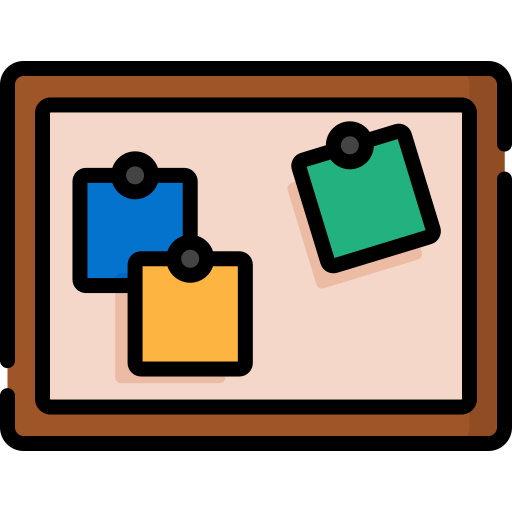
If you're taking the General Training test, look for these types of texts to practice with:
Infographics
Handbooks
Notices from your city
Quiz
Which text would you NOT expect to find on the IELTS Academic Reading part?
2. Pre-reading and During Reading Strategies: Skimming and Scanning
Skimming
Skimming is reading quickly over each paragraph to find out the main idea for each paragraph. This will save you save you time when trying to find the gist or main idea.

How to Skim
Look for:
Introduction and conclusion
Chapter/section summaries
First and last sentences
Titles, subtitles, and headings
Bold words
Charts, graphs, or pictures
End of chapter review questions
DON'T flip through a text quickly or make a half-hearted attempt at reading. When skimming, be deliberate and intentional with what you choose to read, and make sure that you are focused.

Scanning
Scanning is quickly reading to find specific details within the text. When you find an important detail, have your highlighter ready to find it easily later.
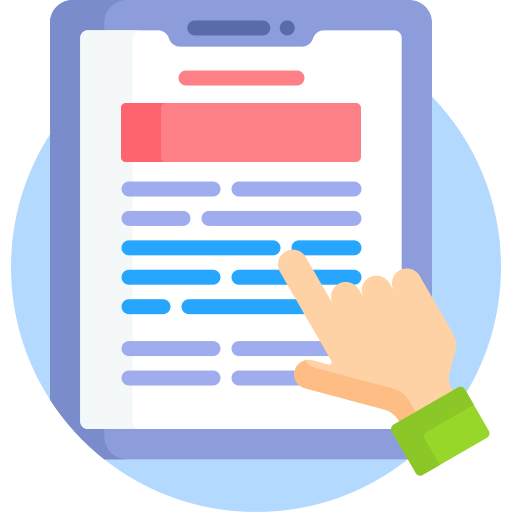
How to Scan
Search for keywords, one at a time, while jumping around the passage.
Scan through the passages rapidly until you find the keyword you search for.
Read the surrounding material carefully, then decide if you’ve found what you need.
DON'T highlight excessively, as this defeats the point of using a highlighter.
3. Post-reading Strategies: Practice Retaining and Synthesizing Information
Here are a few ways you can think more deeply about a text and retain the main ideas more effectively:
Tell someone about what you just read. If you read a short story, recount the plot to a friend or a family member. If you read an essay, take the other side of the argument and think of a counter-argument. Explain the process of something you read in a handbook.
Represent the information visually by creating flowcharts, plot diagrams, or idea webs. This will help you pare the information down only to the most important facts.
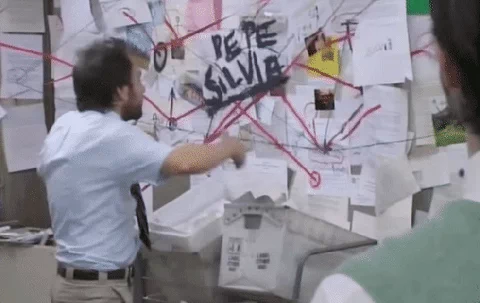
Summarize what you just learned in a brief paragraph and write down follow-up questions that you have after reading the text. What did you take away from the author's ideas? What questions do you have for the author now?
4. Test-taking: Practice Each Type of Question
 Photo by Ben Mullins on Unsplash
Photo by Ben Mullins on UnsplashBefore you start, make sure to read the instructions. Read every question carefully before choosing an answer. You can expect the following types of questions in the Reading part of the IELTS test:

Multiple choice
Identifying information
Identifying a writer's views/claims

Matching information
Matching headings
Matching features
Matching sentence endings

Sentence completion
Summary, note, table, flow-chart completion
Diagram label completion
Short-answer questions
There are some great tips on how to practice each type of question here: IELTS Reading Question Types: Information & Tips (ieltsliz.com) 👈
Quiz
For which type of question would you use skimming?
Take Action
 Photo by bruce mars on Unsplash
Photo by bruce mars on UnsplashPrepare for the IELTS Reading section:
Your feedback matters to us.
This Byte helped me better understand the topic.
